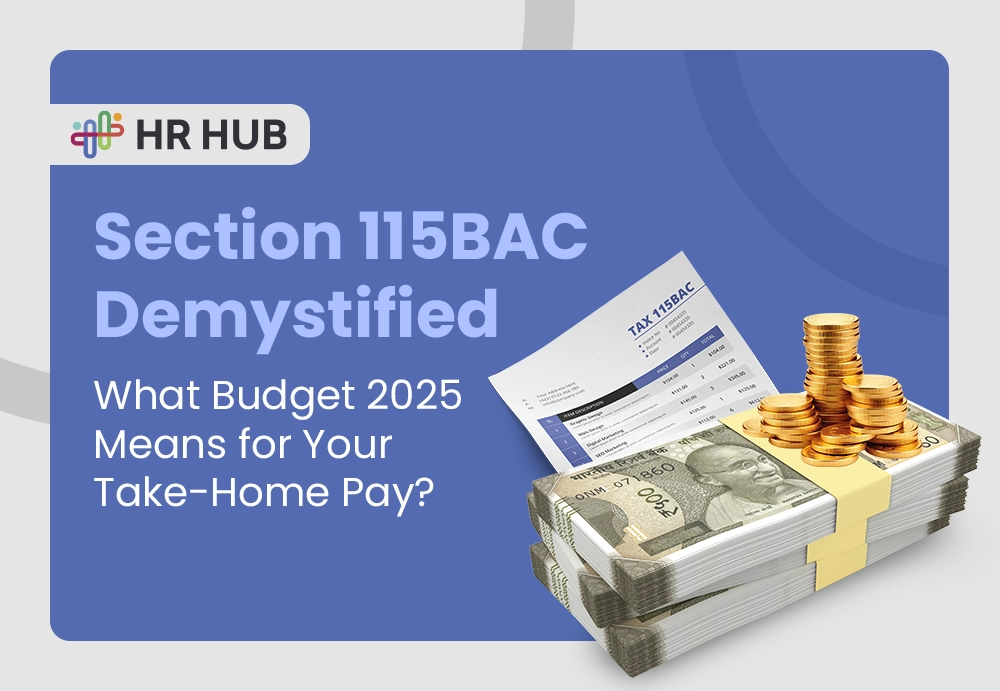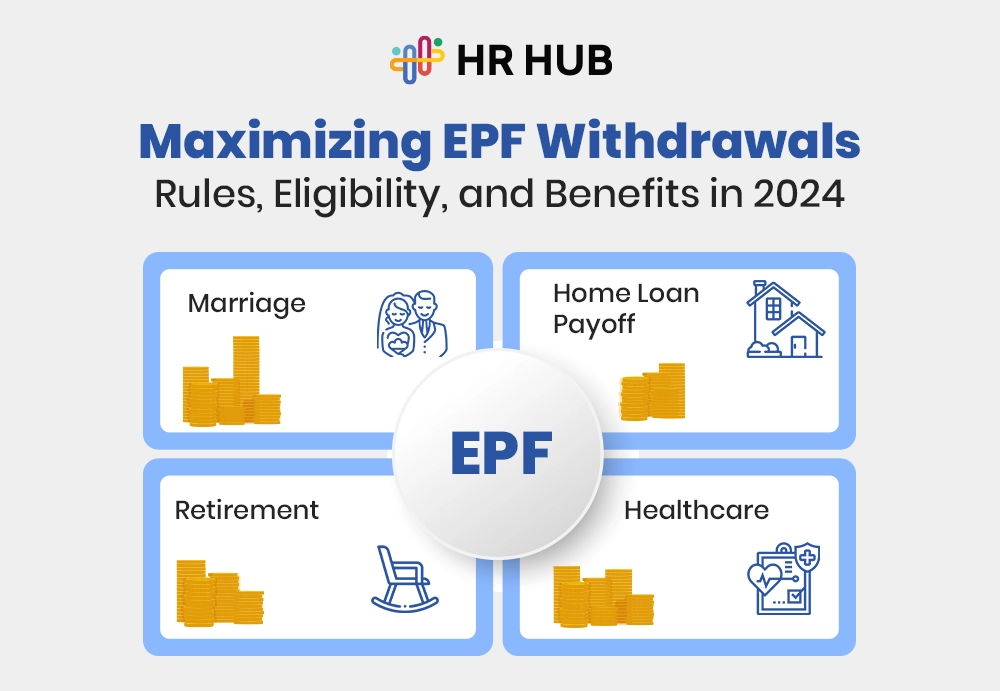Imagine running a marathon without a finish line. You’d keep running, but with no idea when—or if—you’d ever arrive. That’s what work feels like when performance isn’t managed. Employees put in hours, managers make decisions, yet the sense of direction and achievement is missing.
This is why performance management software has become such a vital part of modern business. It transforms that endless marathon into a well-marked race, with clear milestones, feedback checkpoints, and celebrations at the finish line.
What Do We Mean by Performance Management?
Performance Management isn’t just another HR buzzword. It’s the art and science of ensuring that people and goals align.
Think of it as an orchestra: every musician (employee) plays their instrument, but without a conductor (manager + tools), the sound is chaos. With the right performance management tools, suddenly there’s rhythm, harmony, and impact.
At its heart, performance management is about:
- Setting goals that make sense.
- Tracking progress with clarity.
- Giving feedback that inspires, not intimidates.
- Rewarding effort and nurturing growth.
In other words, it’s the system that keeps everyone in tune.
Why It’s More Than Just an HR Function
So, why does it matter so much? Because performance management isn’t just about evaluating employees—it’s about energizing the whole organization.
- Clarity fuels confidence: When employees know what’s expected, they stop second-guessing and start performing.
- Strategy comes alive: Company goals don’t stay locked in boardrooms; they trickle down into everyday tasks.
- People stick around: Feedback, recognition, and growth opportunities are magnets for employee loyalty.
- Data tells the truth: Numbers don’t lie, and with modern performance management software, leaders can see exactly what’s working—and what’s not.
- Growth becomes real: Skill gaps turn into learning opportunities, and learning turns into progress.
It’s less about paperwork and more about unlocking human potential.

Why Performance Management is a Game-Changer
Let's deep dive and explore the importance of the performance management to see how it help your business and company to gain huge success.
1. It Brings Clarity to the Workplace
Think of performance management as turning on the headlights in the dark. Without it, employees are unsure of their direction. With it, they know their roles, responsibilities, and the path ahead.
2. Aligns People with Strategy
A company may want to expand globally, launch new products, or increase customer retention. Performance management ensures that every department and every employee is contributing to those strategic goals.
3. Builds Engagement and Retention
Gallup studies show that employees who receive regular feedback are 3.5 times more likely to be engaged. Continuous feedback and recognition foster loyalty. This is where performance management tools make a difference by enabling instant, structured feedback.
4. Drives Data-Backed Decisions
No more guessing who the top performers are or where the skill gaps lie. The best performance management software gathers data—on progress, feedback, and outcomes—so leaders can make decisions based on facts, not impressions.
5. Nurtures Growth and Development
Performance management is not just about catching mistakes. It’s about helping employees become better. Skill gaps are identified, training is suggested, and career paths are mapped. This creates a culture of continuous learning.
The Performance Management Process: A Closer Look
Performance management isn’t a “tick-the-box” annual ritual. It’s a living cycle—a rhythm that repeats, evolves, and adapts to the pulse of the business. Think of it like a GPS: you don’t just set the destination once; you keep recalculating based on traffic, roadblocks, and opportunities for shortcuts. That’s exactly what effective performance management does for organizations.
Let’s walk through the steps—not in a dry textbook way, but as a journey that any business can relate to:
Step 1: Goal Setting and Planning — Laying the Foundation
Every great performance story begins with goals. But here’s the catch: vague goals like “boost sales” or “improve teamwork” don’t move the needle. They only create confusion.
This is where SMART goals come in: Specific, Measurable, Achievable, Relevant, and Time-bound.
Interactive thought: Imagine telling your sales team, “Sell more this year.” Now imagine telling them, “Increase revenue by 10% in Q2 by targeting our top three customer segments with personalized campaigns.” Which one do you think fuels more focus and excitement?
By setting SMART goals, you’re not just assigning tasks—you’re creating roadmaps employees can follow confidently.
Step 2: Continuous Monitoring — No More Waiting Games
Performance can’t be treated like an annual exam where results are revealed once a year. Imagine if athletes trained all year without a coach’s feedback until the final match—chaos, right?
The same applies at work. Managers need to check in consistently—weekly, monthly, or quarterly—to see whether employees are moving in the right direction. Modern performance management software acts like a coach on the sidelines:
- Dashboards show live progress.
- Automated alerts signal when goals fall behind.
- Trend reports reveal if performance is dipping or soaring.
This isn’t about micromanaging. It’s about guiding employees in real time so that small course corrections prevent big failures.
Step 3: Ongoing Feedback and Coaching — Turning Feedback into Fuel
Here’s a hard truth: nobody likes “surprise” feedback. Picture this—an employee works all year, thinking they’re doing great, only to hear in December that they’ve been missing the mark. Demotivating, right?
Today’s workforce craves real-time feedback. Short, meaningful conversations every week or month can make employees feel seen and supported.
And here’s the twist: feedback is no longer top-down. With tools that allow peer-to-peer recognition, employees get applause not just from their bosses but also from their teammates. That creates a culture where feedback isn’t feared—it’s welcomed.
Step 4: Evaluation and Appraisal — Looking Beyond Numbers
Evaluations matter, but if they only focus on numbers, they miss the bigger picture.
Think about this: who’s the real “star” employee—the one who closes the most sales but hoards clients, or the one who consistently collaborates, uplifts others, and still meets targets?
Modern appraisals are holistic. They combine performance data with behavioral insights. Many companies now adopt 360-degree feedback—input from managers, peers, and even subordinates—so evaluations reflect the whole story, not just a slice.
This shift makes performance reviews less intimidating and more constructive, turning them into springboards for growth.
Step 5: Rewards and Development — Closing the Loop with Growth
Recognition is the fuel that keeps employees motivated. Without it, performance management feels incomplete.
Rewards can be monetary—bonuses, raises—or non-monetary—spotlight in meetings, “employee of the month” badges, or personalized thank-you notes. But here’s the secret: the most powerful recognition isn’t always the most expensive. Sometimes, a genuine acknowledgment in front of peers does more than a paycheck bump.
And development? That’s the ultimate reward. Offering mentorship, access to training, or leadership opportunities signals to employees: “We don’t just value what you did—we believe in what you can become.”
When organizations consistently reward effort and invest in growth, performance management transforms from a process into a culture of excellence.
How Technology Elevates the Game
If traditional performance management was a dusty filing cabinet, modern performance management software is a command center.
- Automated goal tracking ensures employees always know where they stand.
- Dashboards and visual reports give managers instant insights—no need to chase data.
- Integrations with HR, payroll, and learning tools keep everything connected.
- Feedback modules enable quick recognition, like giving a digital “pat on the back.”
- Predictive analytics help organizations spot high performers, potential flight risks, and training needs.
A retail chain uses performance software to monitor store sales. When one store suddenly drops in numbers, the system flags it. Instead of waiting for quarterly reviews, managers can intervene immediately—retraining staff, adjusting strategy, or recognizing that a competitor just opened next door. That agility is the difference between staying ahead and falling behind.

Choosing the Right Performance Management Tools
With so many options on the market, the question is: which tool really works? The best performance management software should feel like an ally, not an extra burden.
Here’s a checklist to keep handy:
- Ease of use: Employees should enjoy using it, not dread it.
- Customization: Goals, workflows, and reports should adapt to your company—not the other way around.
- Scalability: It must grow as your workforce expands.
- Integration: Payroll, HR, learning management—everything should talk to each other.
- Data security is crucial because performance data is as sensitive as payroll figures.
The right tool doesn’t just track performance—it inspires it.
Unlocking Potential with Performance Management
Performance management is not a checklist or a corporate ritual. It’s about building a culture where employees feel valued, managers feel supported, and businesses achieve more than just targets.
This is exactly where HR HUB adds value. With built-in modules for performance tracking, 90/180/360-degree feedback, goal alignment, and integration with payroll and attendance, HR HUB transforms performance management from a daunting process into a streamlined experience.
For organizations, it means clarity, efficiency, and growth. For employees, it means recognition, development, and a sense of purpose.
Performance management isn’t about managing—it’s about unleashing potential. And with the right tools like HR HUB, that potential becomes unstoppable.






